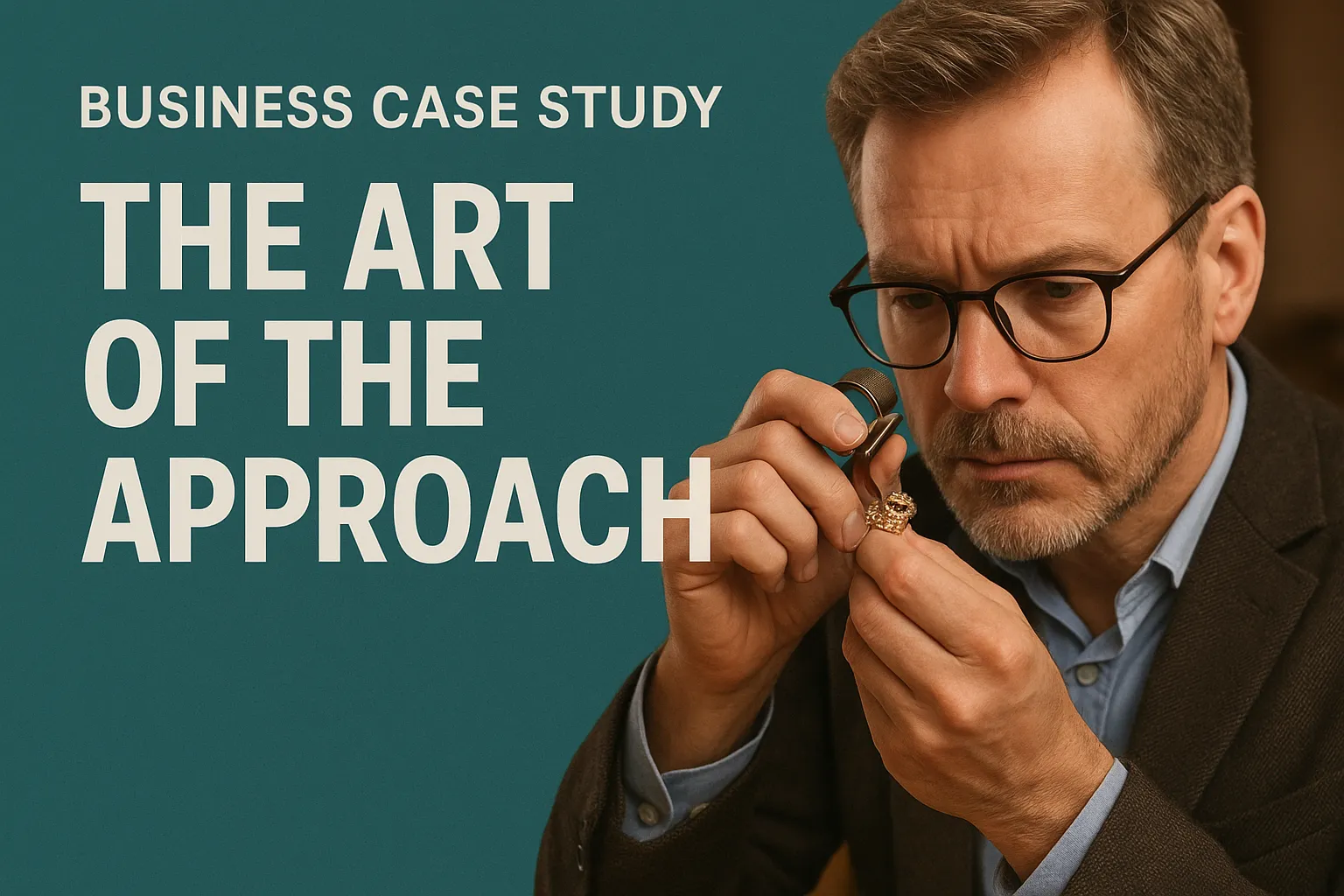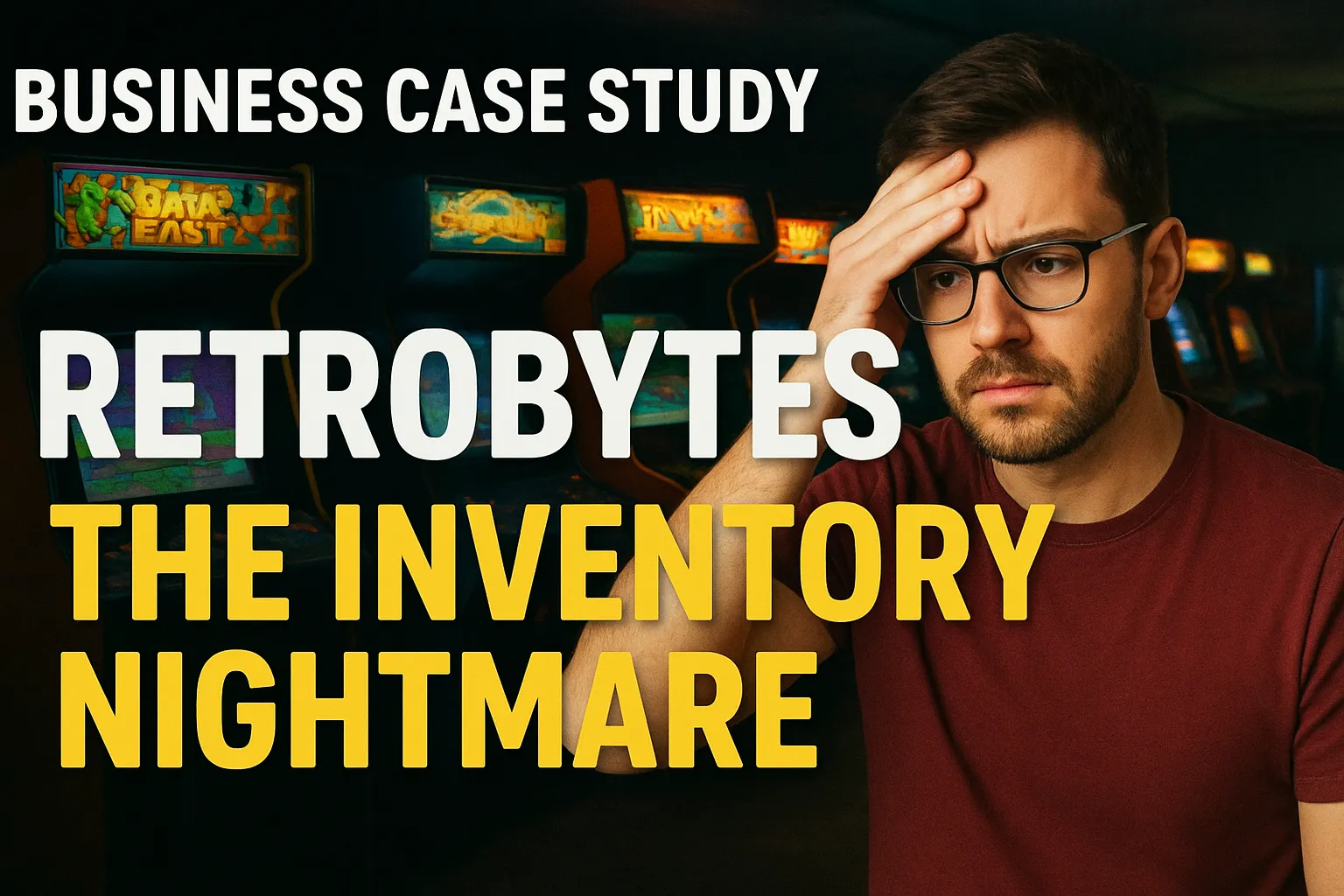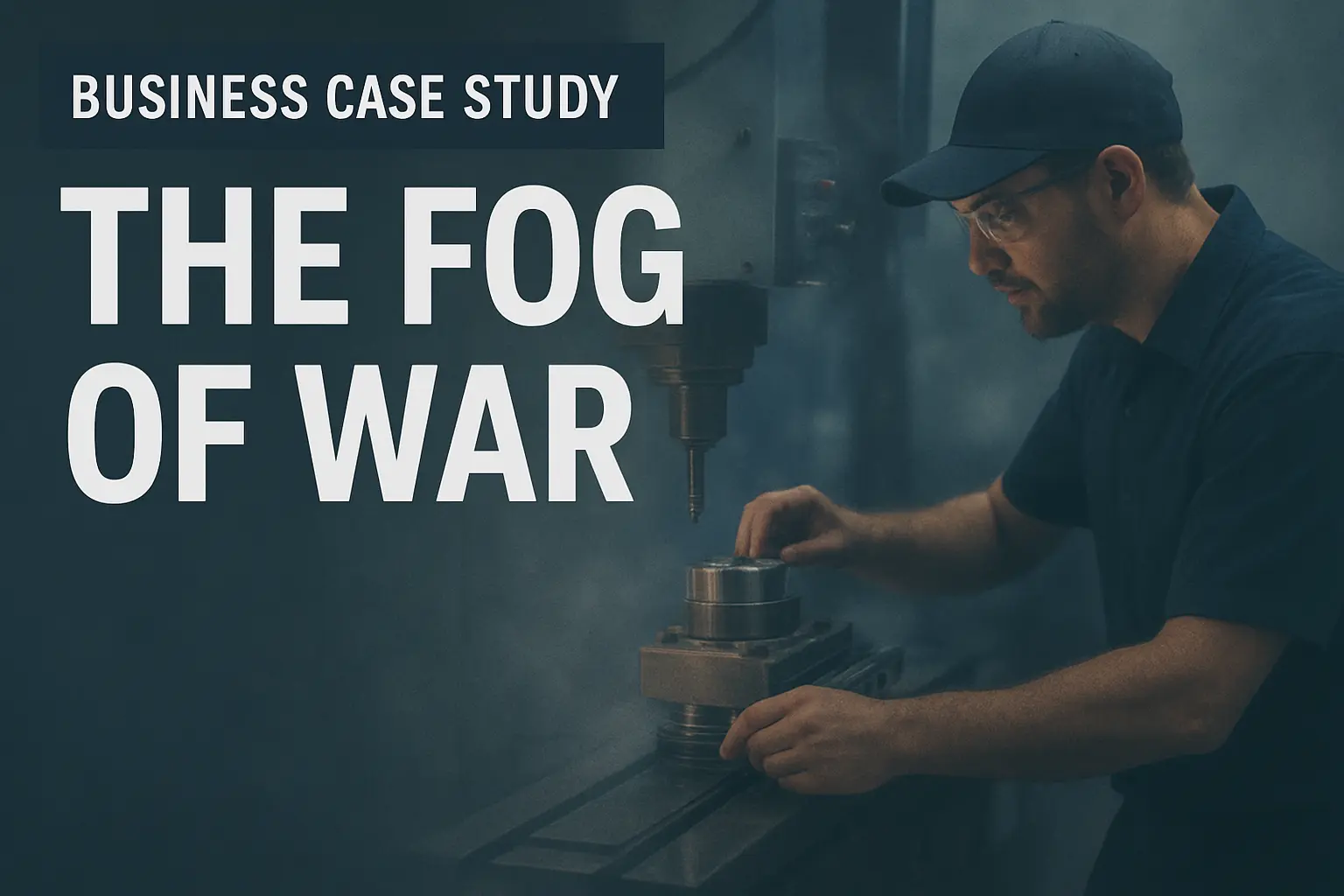 Case Studies Club
Where Strategic Minds Meet
Case Help
Case Studies Club
Where Strategic Minds Meet
Case Help
The GreenChain Succession – Navigating the Crossroads of Sustainable Logistics
A Pivotal Leadership Decision Steering a Sustainable Logistics Powerhouse Through Uncharted Industry Waters
GreenChain Solutions, a $3.8 billion sustainable logistics powerhouse, faces a critical leadership succession following its founder's departure, prompting a strategic decision on its future direction amidst rapid industry transformation. The core dilemma lies in selecting a new CEO from four internal candidates, each representing a distinct vision for balancing aggressive growth, technological advancement, and the company's foundational sustainability mission.
Core Themes:
Turn Business Challenges Into Strategic Wins
Browse our Insights Marketplace for frameworks and tools that drive results
Explore MarketplaceOverview
The air hangs heavy with anticipation at GreenChain Solutions, a titan forged in the fires of sustainable logistics. A critical juncture has arrived: the impending departure of its visionary founder, Robert Martinez. This seismic shift leaves a void at the pinnacle of a $3.8 billion enterprise, demanding a new leader capable of navigating the treacherous currents of a rapidly evolving industry. The central dilemma is stark—how to maintain the company's pioneering spirit and market dominance while confronting mounting pressures from technological disruption, regulatory shifts, and fierce competition. The analytical approach herein is not merely an assessment of candidates, but a deep dive into the very soul of GreenChain's future, weighing the strategic implications of each potential path against the unyielding realities of the market.
Backstory
Sixteen years ago, GreenChain Solutions emerged from a nascent understanding that the future of commerce would demand a different kind of logistics—one where efficiency danced in tandem with environmental responsibility. Founded by Robert Martinez, a former UPS executive with a prescient eye, what began as a regional outfit with a modest fleet of hybrid vehicles slowly, deliberately, grew into a formidable force. Today, GreenChain commands a vast network of 47 distribution centers, operates a fleet of 8,200 vehicles, including a significant contingent of 1,100 electric trucks, and serves over 2,400 corporate clients across North America. Its proprietary AI-driven routing system isn't just a technological marvel; it's a testament to its core competency, reducing shipping emissions by an average of 34% and cutting client costs by 18%. The company’s trajectory from $2.1 billion in 2020 to $3.8 billion in 2024 speaks volumes about its market resonance, particularly its sustainable logistics consulting division, which has seen robust growth. Yet, even a powerhouse like GreenChain feels the sque...
🔓 Unlock This Case Study
Access full cases, analysis, recommendations, and community insights


